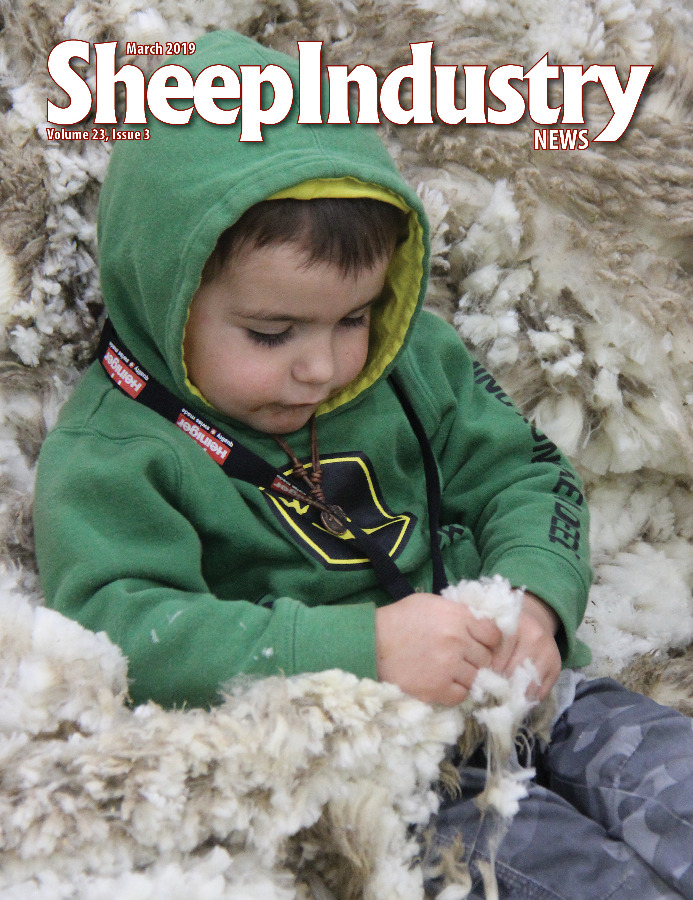CAT URBIGKIT
The Shepherd
University of Maryland Sheep and Goat Specialist Susan Schoenian appeared via video link at the Animal Health Committee meeting during the ASI Annual Convention to discuss the use of new BioWorma products in the United States.
Schoenian explained that Duddingtonia flagrans is a naturally occurring fungus that serves as a biological control agent on infective roundworm larvae. Spores are added to animal feed (daily for a continuous dose), thus lowering worm burdens.
An Australian company is bringing the commercial fungus product to the United States under the trade name BioWorma, but due to Environmental Protection Agency restrictions, distribution is limited to veterinarians, feed mills and premixers.
Another product – Livamol with BioWorma – is a nutritional supplement and will be available over-the-counter to sheep producers.
Schoenian said that producers should focus on the most worm-susceptible animals, such as periparturient ewes, and young lambs and kids, and a minimum feeding period of 60 days is recommended to maintain a low worm status.
BioWorma has no effect in the animal, so clinically-parasitized sheep will still need treatment with dewormers. Schoenian recommends selective deworming – using FAMACHA as guidance – prior to using BioWorma; and after deworming, moving the flock to a different pasture.
What to expect: an average reduction of 70 percent in worm burdens. But there are limitations. It can’t get wet, can’t be put in a pellet, and is not effective on larvae that have already emerged in pasture. It is effective only against roundworm (nematode) larvae, and has no effect on coccidian, tapeworms or flukes. BioWorma has no harmful effects on earthworms, dung beetles, etc.
The product might not be cost-effective for all producers, Schoenian said. BioWorma was approved for use in the United States in 2018, with a Kansas-based distribution company, and should be available this spring or fall.
For more information, Schoenian advises producers to read more at bioworma.com or wormx.info.


